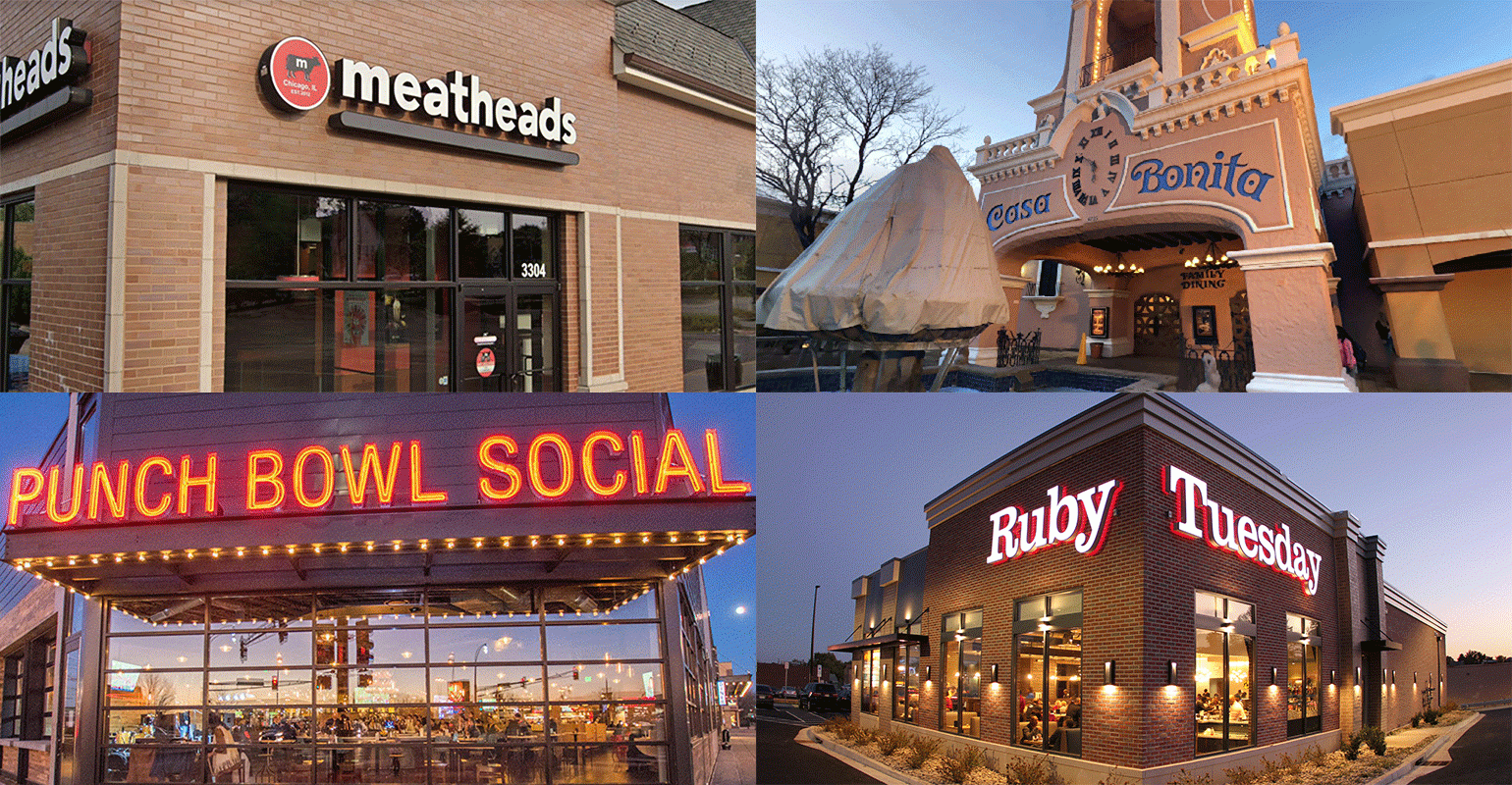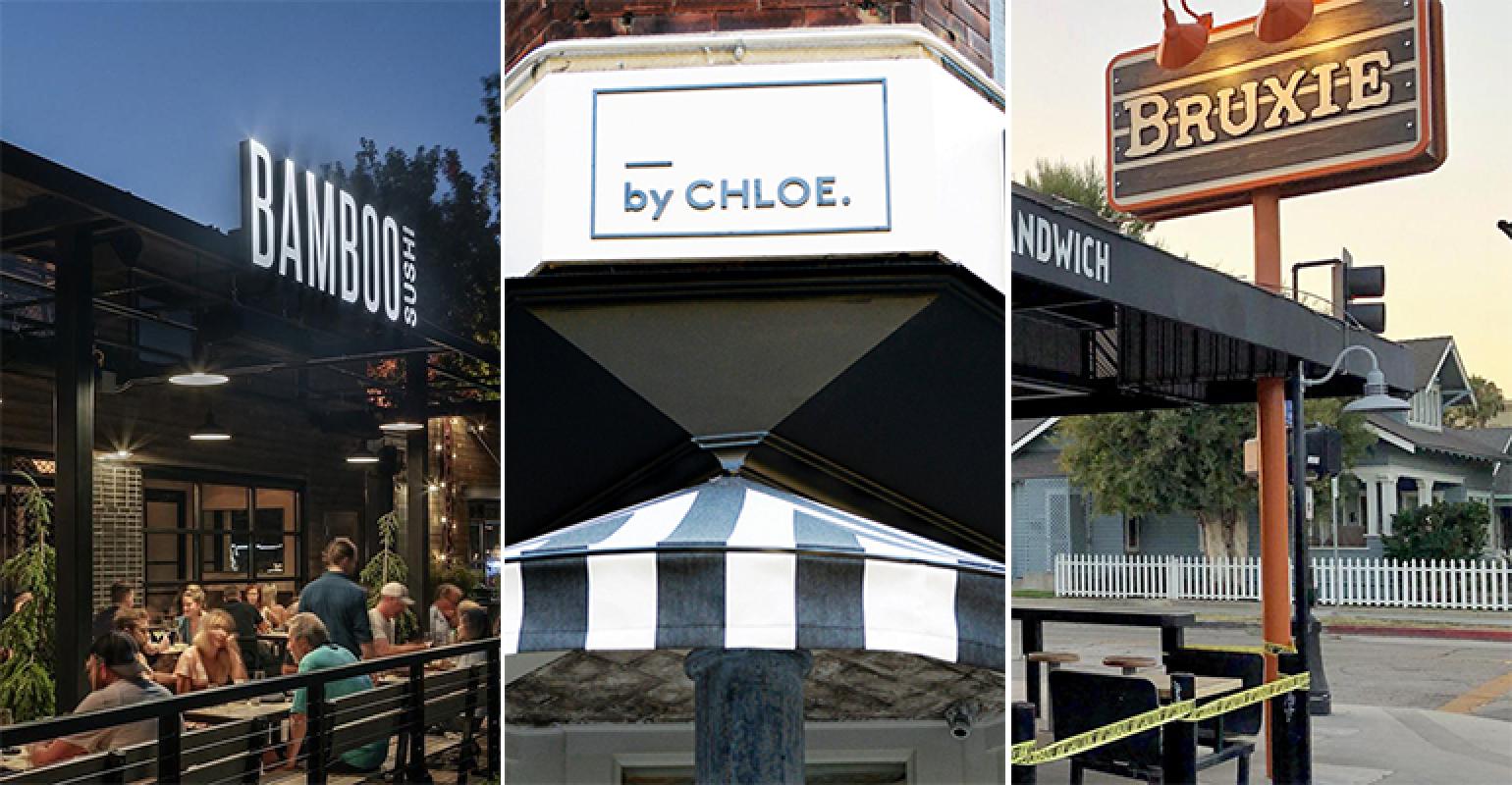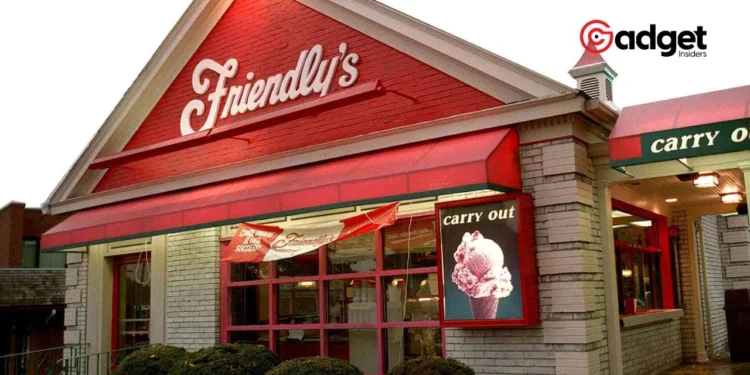In the turbulent wake of the COVID-19 pandemic, the restaurant industry has seen a seismic shift in consumer habits and operational paradigms. While fast-food giants like McDonald’s, Domino’s, and Chipotle soared—thanks to their advanced delivery, pickup, and drive-through infrastructures—traditional sit-down chains have struggled to navigate the new normal. Now, as economic challenges persist, one renowned national restaurant chain is reportedly considering Chapter 11 bankruptcy as a potential path forward.

The Pandemic’s Impact: A Tale of Two Industries
When the pandemic shuttered doors and restricted gatherings, restaurant chains with robust technology investments quickly adapted, reaping the benefits of consumer familiarity and a ready-to-eat menu conducive to home dining. “McDonald’s, Domino’s, and Chipotle thrived, for example, because they had been investing in technology for years,” noted industry analysts. This pivot proved essential as dining habits permanently shifted towards convenience.
Seafood restaurant chain Red Lobster is considering a Chapter 11 bankruptcy filing, sources say https://t.co/hv2FqWSW0R
— Bloomberg (@business) April 16, 2024
However, the story was different for traditional sit-down restaurants. Attempting to transition to delivery models, these establishments faced the harsh reality that their offerings did not translate well outside the dine-in experience. High prices, previously justified by ambiance and service, became a harder sell over delivery apps. “Customers did not necessarily want to pay sit-down prices to eat at home,” experts say. Moreover, not all meals are suited for travel, leaving many upscale menus at a disadvantage.
Economic Strain and Recovery Challenges
As the world began to emerge from lockdowns, the restaurant sector expected a swift recovery. However, the economic landscape has proved challenging. Inflation and general economic concerns have led to a decrease in consumer spending on dining out. “Some chains have not recovered to the level necessary to service the added debt they took on during the shutdown period,” states a financial analyst specializing in the restaurant industry.

Rising labor costs and increased prices for ingredients have further squeezed the profit margins of already struggling chains. Icons like Burger King and Boston Market have felt the brunt of these pressures, with Burger King losing hundreds of restaurants and Boston Market dwindling to just a few locations.
Considering Chapter 11: A Strategic Move?
Facing unrelenting financial pressures, the unnamed national restaurant chain has now enlisted the expertise of a consulting firm to explore the possibility of a Chapter 11 bankruptcy filing. This reorganization bankruptcy allows businesses to keep operating while they work out their debts, a potential lifeline for companies seeking to regain their footing in a post-pandemic market.

Bankruptcy, though often viewed negatively, can provide a structured opportunity for businesses to reset their operational strategies, renegotiate leases, and reduce debt loads. For many in the industry, this could be a crucial strategy for survival and eventual resurgence.
What’s Next for the Restaurant Industry?
As this prominent chain considers a significant restructuring, the entire restaurant sector continues to evolve in response to the new dining habits formed over the past few years. The outcome of this potential bankruptcy could set a precedent for other chains grappling with similar issues.
The road to recovery is fraught with challenges, but also lined with opportunities for innovation and redefinition. As the industry looks to rebuild and reimagine its future, only time will tell which brands will emerge stronger in the post-pandemic landscape.
This evolving scenario in the restaurant industry serves as a stark reminder of the pandemic’s lasting impact on business models and consumer preferences. Industry stakeholders will be watching closely, hoping that strategic adaptations can turn the tide for those hardest hit by the economic aftermath of COVID-19.










